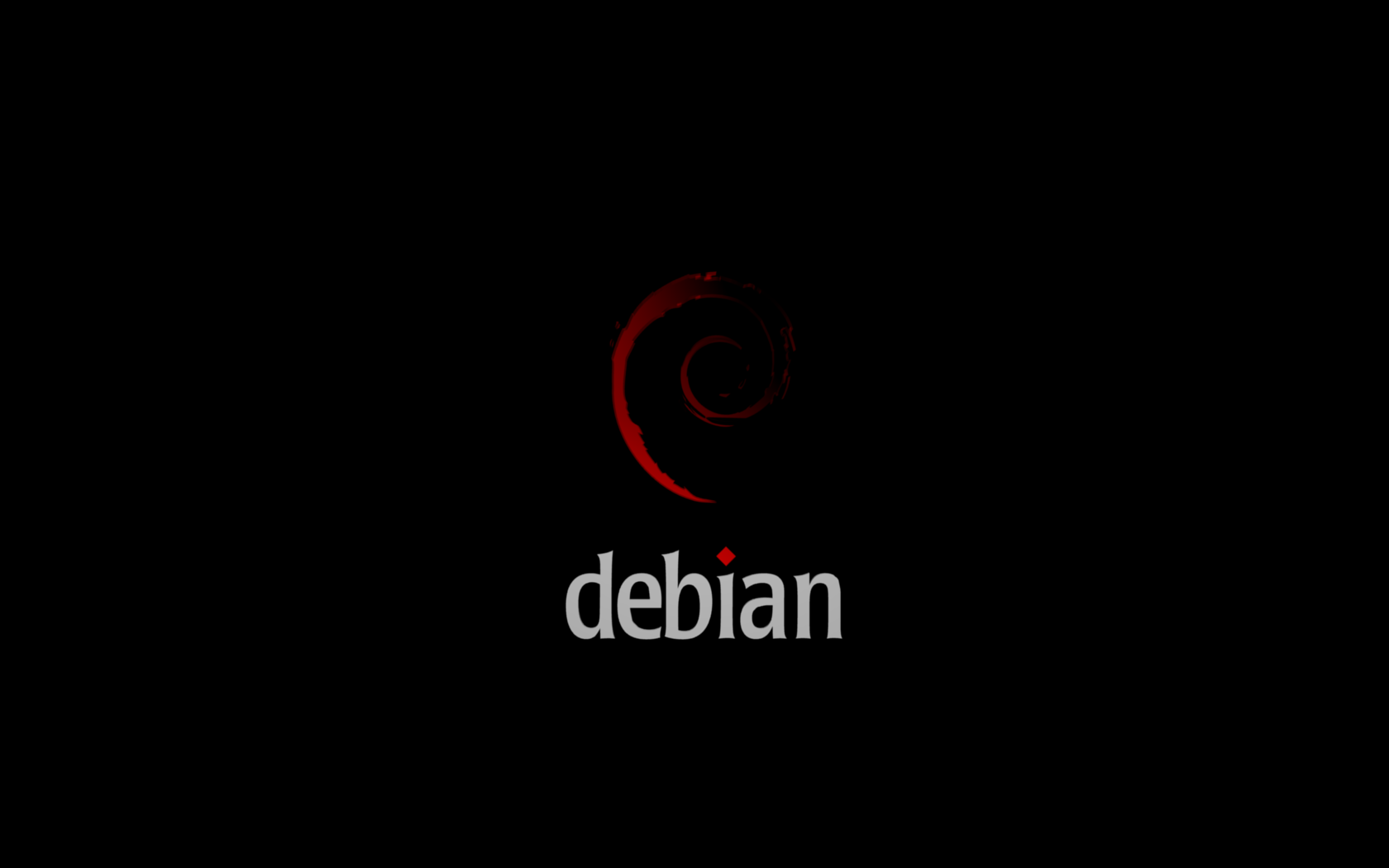SciSpeech 1.0. SciSpeech provides various analysis functions including time analysis, frequency analysis, censtral analysis and WRLS-VFF analysis, which provides great convenience for the both developers and users, while the famous software MATLAB voicebox toolbox only offers few speech analysis functions.
I am wondering if there is a way to zoom in/out or change font size or any way to make the text in the code in Matlab editor bigger/smaller!
2 Answers
You go to Home->Preferences->MATLAB->Fonts and you can change the size of the text. If you play with the preferences around you may be able to personalize more things also.
Matlab For Macbook
Depending on your MATLAB version, open the 'Preferences' window. At least in newer versions, this is usually found at the top of the main window, in the bar labelled 'Environment'.

In the window that opens up, navigate to the tab called 'Fonts'. At the top of the right hand side of the window, you will find a drop-down menu containing the font size. This affects the font size in the command window, editor, and the command history. You may also change the font here.
mikkolamikkolaNot the answer you're looking for? Browse other questions tagged matlabeditorzooming or ask your own question.
Chapter 1: Introduction
- Hello World
- MATLAB Workspace
- MATLAB Variables
- *.mat files
Chapter 2: Basic MATLAB Concepts
- MATLAB's Command Prompt
- Data File I/O
Chapter 3: Variable Manipulation
- Numbers and Booleans
- Strings
- Portable Functions
- Complex Numbers
- Arrays
Excel Editor For Mac
Chapter 4: Graphics
- Basic Graphics Commands
- Annotating Plots
Chapter 5: M File Programming
- Scripts
- Comments
- The Input Function
- Control Flow
- Loops and Branches
- Error Messages
- MATLAB Caveats
- Debugging M Files
Chapter 6: Advanced Topics
- Numerical Manipulation
- Advanced File I/O
- Object Oriented Programming
- Applications and Examples
- Toolboxes and Extensions
- What is Octave ?
- Octave/MATLAB differences
edit this box
Placing comments[edit]
Comment lines begin with the character '%', and anything after a '%' character is ignored by the interpreter. The % character itself only tells the interpreter to ignore the remainder of the same line.
In the MATLAB Editor, commented areas are printed in green by default, so they should be easy to identify. There are two useful keyboard shortcuts for adding and removing chunks of comments. Select the code you wish to comment or uncomment, and then press Ctrl-R (⌘-/ for Mac) to place one '%' symbol at the beginning of each line and Ctrl-T (⌘-T for Mac) to do the opposite.
MATLAB also supports multi-line comments, akin to /* ... */ in languages like C or C++, via the %{ and %} delimiters. But there is a small and important difference. In MATLAB it is not allowed that the lines starting with %{ or %} contains any other text (except white spaces). Otherwise it would not work. E.g.
gives an error, but
works just fine.
Common uses[edit]
Comments are useful for explaining what function a certain piece of code performs especially if the code relies on implicit or subtle assumptions or otherwise perform subtle actions. Doing this is a good idea both for yourself and for others who try to read your code. For example,
It is common and highly recommended to include as the first lines of text a block of comments explaining what an M file does and how to use it. MATLAB will output the comments leading up to the function definition or the first block of comments inside a function definition when you type:
All of MATLAB's own functions written in MATLAB are documented this way as well.
Php Editor For Mac Free

Comments can also be used to identify authors, references, licenses, and so on. Such text is often found at the end of an M file though also can be found at the beginning. Finally, comments can be used to aid in debugging, as explained in Debugging M Files.